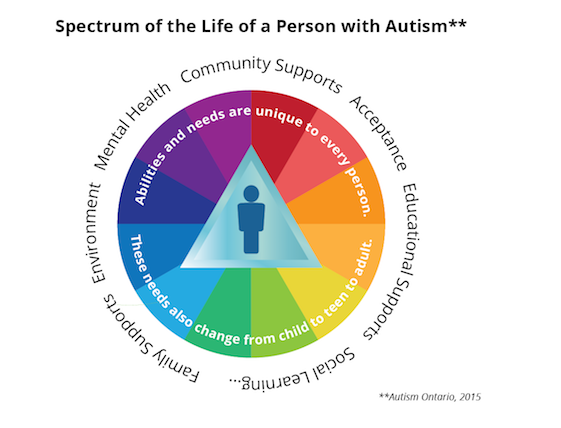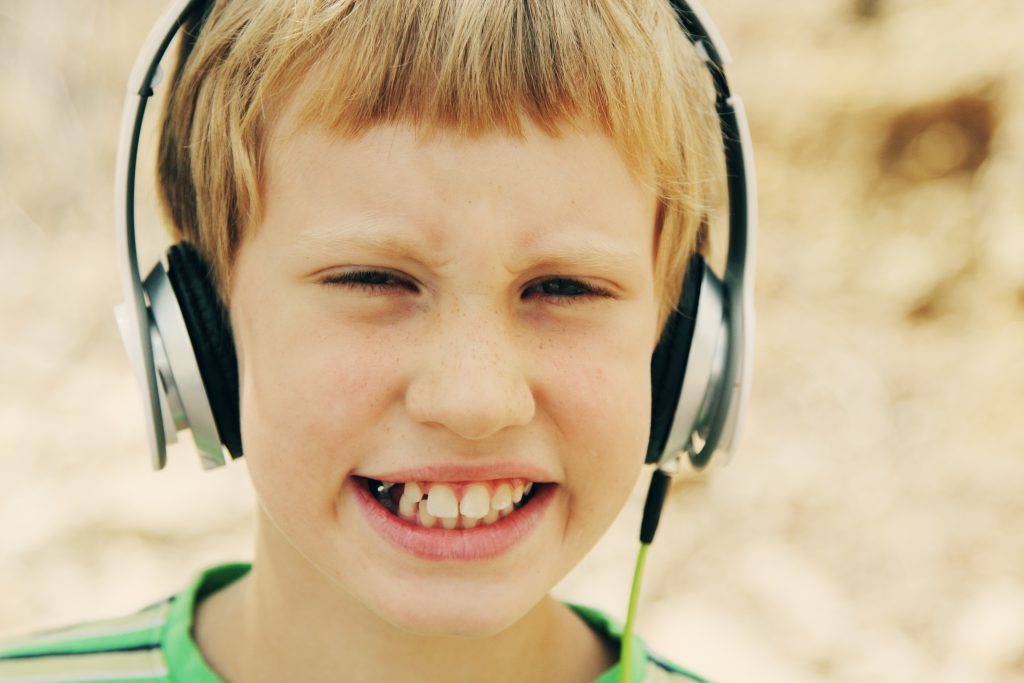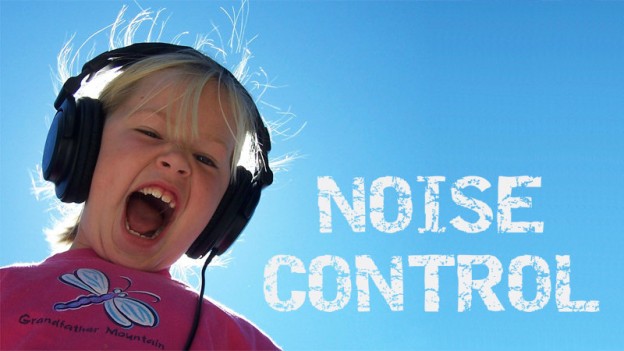6.1.3 Autism Spectrum Disorder
What is autism spectrum disorder?

A disorder of sensory processing and social engagement.
Autism Spectrum Disorder is a complex developmental disability which typically appears during the first three years of life.
Because of the wide range in the severity of autism symptoms, autism is now known as “Autism Spectrum Disorder” or (ASD).
ASD covers a wide range of levels of impairment, and includes several different types of autism which were previously given different names: (autistic disorder, Asperger’s disorder, or pervasive developmental disorder.)
The result of a neurological disorder which affects the functioning of the brain, autism impacts the normal development of the brain in the areas of social interaction and communication skills.

Children and adults with autism typically have difficulties in verbal and non-verbal communication, social interactions, and leisure or play activities.
Autism can be seen as a communication disorder. It is a condition where children become emotionally isolated from the world around them. Their sensory processing has been affected and they lack normal social skills. They usually cannot develop normal relationships and are not capable of emotional rapport and bonding.
The cause, if we talk neurologically, is closely linked to a difficulty with sensory processing and sensory integration.
There is growing evidence that environmental factors play a causal role, as autism is on the increase, like most environmental health conditions.

There sometimes appears to be a genetic component to autism, but this is modulated by environmental factors. New research in the field of epigenetics is exploring how environmental influences interact with genetic susceptibility.
There is growing evidence that environmental factors play a causal role, as autism is on the increase, like most environmental health conditions.
There sometimes appears to be a genetic component to autism, but this is modulated by environmental factors. New research in the field of epigenetics is exploring how environmental influences interact with genetic susceptibility.
- Insistence on sameness; resistance to change
- Difficulty in expressing needs; using gestures or pointing, instead of words
- Repeating words or phrases in place of normal, responsive language
- Laughing, crying, showing distress for reasons not apparent to others
- Preferring to be alone; aloof manner
- Tantrums
- Difficulty in mixing with others
- May not want to cuddle or be cuddled
- Little or no eye-contact
- Unresponsive to normal teaching methods
- Sustained, odd play
- Spinning objects
- Inappropriate attachments to objects
- Apparent over-sensitivity or under-sensitivity to pain
- No real fears of danger
- Not responsive to verbal cues; acting as if deaf, although hearing tests in normal range
Higher-functioning autism (formerly called Asperger’s)
The terminology has changed for those who are on the less severely affected end of the autism spectrum.
Asperger’s is a now outdated term, which was used for milder levels autism. Some of those who previously had the diagnosis of Asperger’s now find there is not an appropriate category for their symptoms.
A new definition called Social Communication Disorder (SDC) has been created to identify those who may have problems with communication and social interaction, but who do not belong on the autism spectrum.
Someone with autism may have intellectual impairment, or may be highly intelligent in certain ways.

Although more advanced individuals with autism may score below average on standardised intelligence tests, they often learn at, or above, normal rates in certain areas. Areas of ability will differ across individuals. For example, an individual may learn academic content easily, but have difficulty performing activities of daily living. Or a student who is very good at memorizing may not be able to answer essay-type questions.
Such individuals are usually extremely good on rote memory skills such as facts, figures, dates and times. Many excel in maths and science.
There is a wide range of severity of symptoms within the syndrome, so the very mildly affected child often goes undiagnosed and may just appear odd or eccentric. They often use language in a slightly odd way and take literal meanings from what is read or heard. They are happiest with routines and a structured environment; finding it difficult to decide what to do they fall back on their preferred activities. They love praise, winning and being first—but find losing, imperfection and criticism very difficult to take.
Bad behaviour often stems from an inability to communicate their frustrations and anxieties. Some children with mild ASD, boys in particular, may be prone to outbursts of anger. These children need love, tenderness, care, patience and understanding.
How does Sound Therapy help with autism spectrum disorder?

Sound Therapy normalises sensory processing and restructures brain pathways to enhance social engagement.
Sound Therapy helps children to receive sensory information, particularly sound, more accurately and to make better sense of the world.
It also helps to reduce sound intolerance.
By enhancing neural integration it enables more normal communication and social engagement as the child becomes receptive both to sound and to its emotional meaning.
This usually results in better learning ability and also more connection in social relationships.
Research on the use of the Tomatis method for children with autism indicates that it can increase social interaction, improve communication and reduce stereotypical, repetitive movements.

Dr Tomatis posed theories about autism being related to emotional distance from the mother and hence a lack of bonding. More recent discoveries in environmental health and neuro-science have largely replaced these psychological theories with more tangible scientific explanations.
Tomatis did surmise that emotion is carried in the high frequency aspects of sound waves and that enhancing high frequency hearing improves our ability to interpret the meaning of sound and connect on an emotional level.
Recent research by Stephen Porges has added a new dimension to Tomatis’s discoveries. Porges investigated the polyvagal system and theorised that a newer evolutionary system involving the vagus nerve takes over when we feel safe and enables us to socially engage.
Like Tomatis, Porges found that by re-tuning the middle ear, we allow high frequencies to enter. High frequencies make us feel safe, he said, because when the birds are singing, pre-historically, this meant there was no danger present.
Sound Therapy has been shown to have a permanent effect on a child’s ability to engage socially and to learn.
Tuning the ear enables the child to tune out the sensory overload which makes children on the autism spectrum unable to make sense of and engage in normal communication.
The results of treatment are: better focus, more eye contact, emotional expression, verbal communication and generally better behaviour, social connection and learning.

